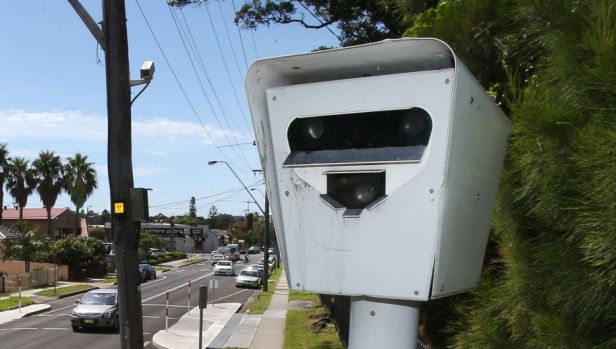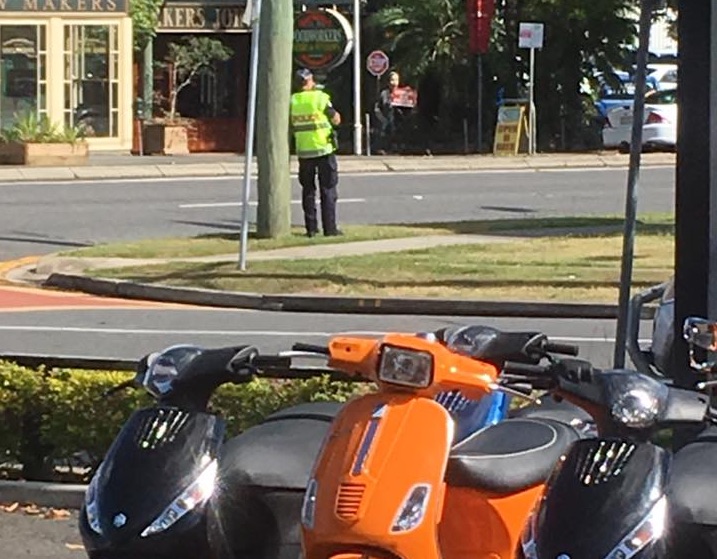Victoria leads the nation in plundering motorists with speed camera fines, reaping $363.15 million last financial year which is more than a third of the national total of $1.1 billion.
The figures for the 2016-17 financial year were quoted in a press release from Ford which suggests that Driver Assist Technologies (DATs) built into their Ranger and Everest can help save motorists form speeding fines.
These technologies are a big step toward autonomous self-driving vehicles.
While many critics of self-driving vehicles, especially motorcyclists, are concerned about the speed at which the technology is hitting the market, Ford has cleverly hit the hip-pocket nerve to gain support for the technology.
Speed camera revenue
Their release says Victoria sits at the top of the charts for speed camera revenues:
Fines from fixed and mobile traffic cameras topped $363.15 million in the state, as shown in the 2015-2016 Department of Justice and Regulation Annual Report.
This figure does not include police-issued ‘on-the-spot’ fines for speeding and other offences, which amounted to an additional $136.55 million – making a staggering $499.7 million leaving the pockets of Victorian motorists every year.
New South Wales (NSW) isn’t far behind. Statistics from Revenue NSW (part of the Department of Finance, Services and Innovation) show 2016-2017 revenues from speed and red-light cameras at around $193.92 million, and police-issued speeding fines at about $80.86 million– a total of $274.78 million.
Extrapolating from these figures across the two most-populous states of Victoria and New South Wales, speeding fine revenue is upwards of $700 million.
When you add to this the reported $174 million in South Australia, $226 million in Queensland, and $97 million in Western Australia (all 2015 figures), plus Tasmania, the Australian Capital Territory and the Northern Territory, and total speeding fine revenue across Australia easily tops $1.1 billion annually.




